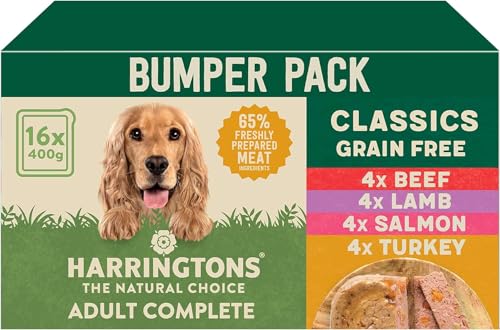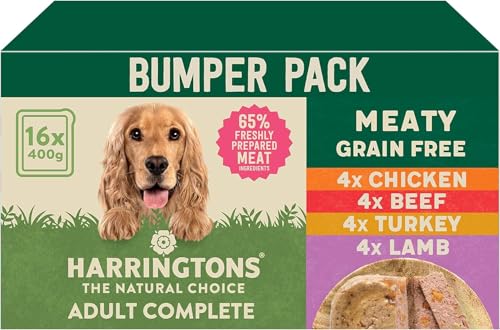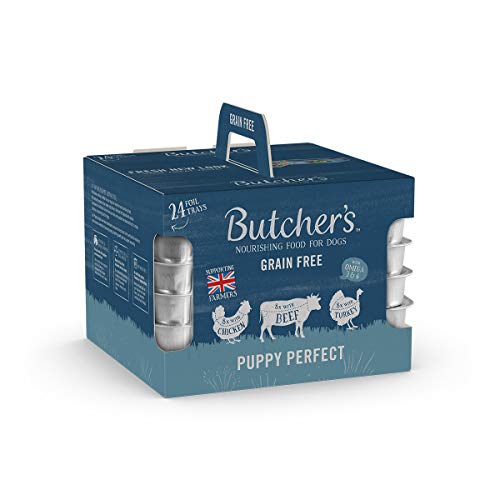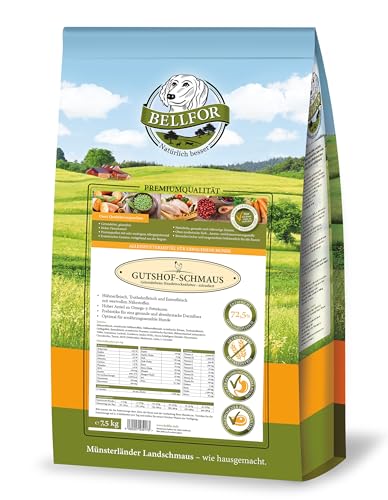Understanding Wet Dog Food: What It Is and Why It Matters
What Is Wet Dog Food?
Wet dog food, often found in cans or pouches, is a moist and often palatable option for our pets. Unlike dry dog food, which consists primarily of kibble, wet food contains a higher moisture content, typically around 70-80%. This makes it not only enticing for dogs but also an excellent source of hydration. The texture is generally soft and can be easily mixed with other food types or served alone, providing flexibility in meal preparation.
Why Choosing Wet Food Matters
Selecting wet dog food is especially beneficial for certain pets. For example, older dogs or those with dental issues may find it easier to eat and digest wet food over dry kibble. Additionally, if your furry friend is a picky eater, the rich aroma and taste of wet food might be just what they need to encourage them to eat. Understanding what wet dog food is and its importance can make a significant difference in nurturing your pet’s health.
Key Ingredients to Look For in Wet Dog Food
High-quality Protein Sources
When we talk about wet dog food, the protein source is vital. Look for real meat, such as chicken, beef, or fish listed as the first ingredient. This indicates that the product has a nutritious base that supports muscle development and overall health for our dogs.
Fruits and Vegetables
Fruits and vegetables can add valuable nutrients and fibre to wet dog food. Ingredients like sweet potatoes, peas, or carrots not only provide essential vitamins but also contribute to digestion and wellbeing. This combination of protein and wholesome plant ingredients creates balanced nutrition.
Avoid Fillers and Unnecessary Additives
It’s essential to avoid wet dog foods that contain fillers like corn or soy and artificial preservatives. Instead, we should opt for those with natural preservatives, such as mixed tocopherols, which protect freshness without compromising our dogs’ health.
Benefits of Feeding Your Dog Wet Dog Food
Enhanced Hydration
One of the primary advantages of wet dog food is its high moisture content. This is particularly beneficial for dogs who may not drink enough water throughout the day. Increased hydration supports not just kidney health but can also improve coat condition and overall vitality.
Easier Digestion
The moist texture of wet dog food often makes it easier for dogs to digest. This can be a game-changer for dogs with sensitive stomachs or digestive issues. Wet food can help manage and prevent gastrointestinal discomfort, ensuring our pets stay happy and healthy.
Improved Palatability
For dogs that are finicky eaters, wet food is often much more appealing compared to dry kibble. With its rich aroma and taste, our dogs are more likely to enjoy their meals, which reduces worries about them getting enough nutrition.
Choosing the Right Wet Dog Food for Your Pet
Assessing Your Dog’s Age and Size
When selecting wet dog food, consider your dog’s age and size. Feeding instructions are often based on weight, and different life stages have different nutritional requirements. Puppies, adults, and senior dogs all need specific dietary considerations that reflect their unique energy and health needs.
Consulting with Your Veterinarian
Engaging with your veterinarian can provide tailored guidance based on your dog’s health history and any specific dietary requirements. They can help you choose a wet dog food that best supports your pet’s needs.
Trial and Observation
Once you’ve chosen a wet dog food, it’s a good idea to monitor your dog’s response to it. Look for changes in their energy levels, coat condition, and overall health. Ensuring they are enjoying their meals positively influences their wellbeing.
How to Transition Your Dog to Wet Food
Gradual Introduction
When transitioning from dry to wet dog food, do so gradually. Start by mixing a small amount of wet food with their regular kibble, slowly increasing the wet food ratio over a week. This method helps their digestive system adapt to the new food without causing upset.
Keeping Consistency and Patience
Be consistent with meal times and the amount of food served. Dogs thrive on routine, so sticking to a schedule helps them adjust more comfortably to their new diet. During this time, patience is crucial; some dogs may take longer to adapt than others.
Making It Exciting
To make the transition more enjoyable, consider warming the wet food slightly or mixing it with a favourite treat. This can enhance the smell and flavour, encouraging our pets to accept the new food with enthusiasm.






















